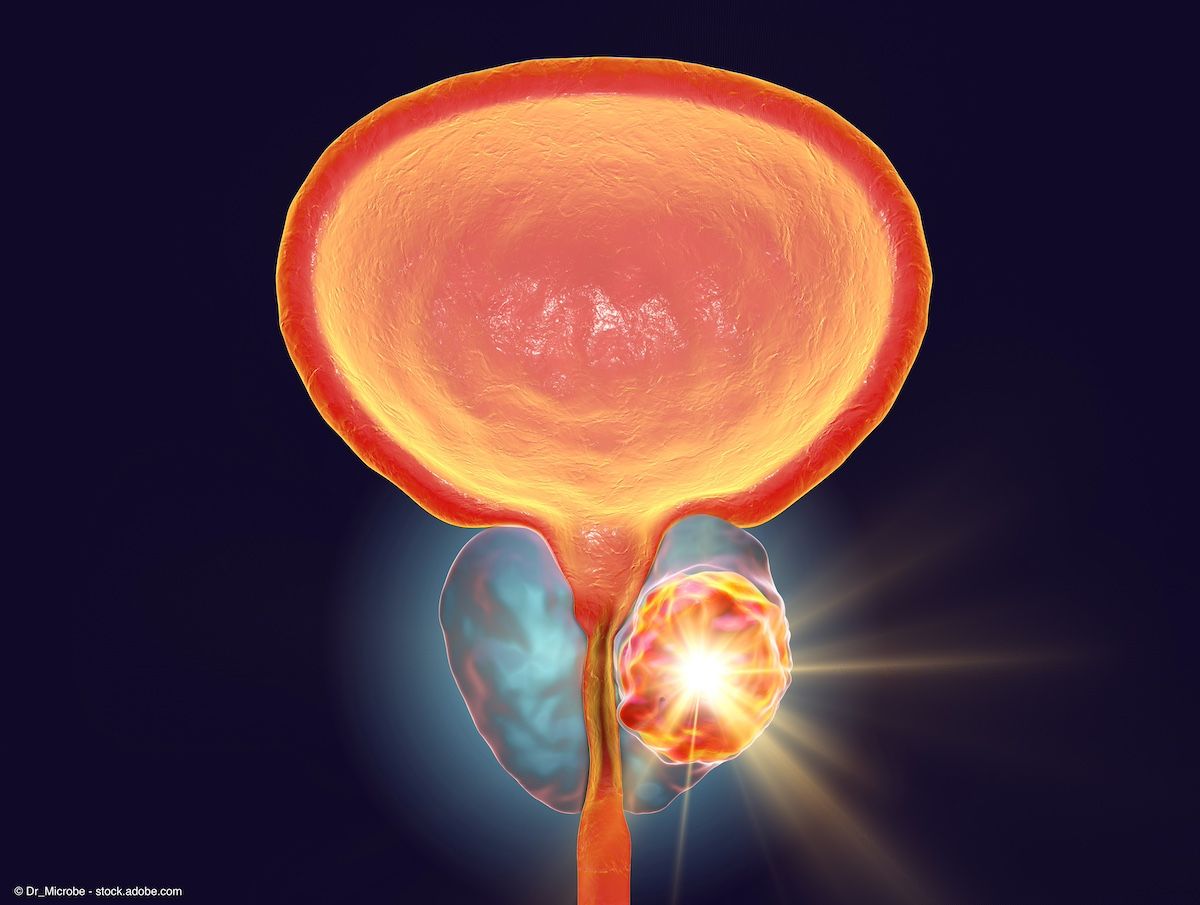Opinion
Video
Similarities and Differences Among PSMA-PET Tracers
Author(s):
A nuclear radiologist provides an overview of the gallium- and fluorine-based PSMA-PET tracer options, highlighting factors that influence tracer selection.
Video Player is loading.
Video content above is prompted by the following questions:
- There are currently gallium- and fluorine-based PSMA-PET tracer options that are FDA approved. Can you review some of similarities and differences between the gallium and fluorine imaging tracer options identified above in terms of image quality and resolution? And accuracy and false positives?
- Gallium and fluorine tracers also have different half-lives. What does this mean in real-world practice in terms of patient scheduling and preparing for imaging? Can you provide any real-world examples of when one tracer may be preferential over another?
- There are two available F18 tracers available: 18F-Piflufolastat and 18F-Flotufolastat. What are some of the key differences between these? Can you share any examples of differences you’ve seen between these two tracers when used in real-world practice?
Newsletter
Stay current with the latest urology news and practice-changing insights — sign up now for the essential updates every urologist needs.
Related Videos
Christine Ibilibor, MD, highlights study of racial differences in abiraterone use
Laura Davis, MD, on persistent poverty and early onset prostate cancer
Alicia Morgans, MD, highlights the phase 3 ARASTEP trial
Ruben Olivares, MD, discusses HIFU and remote prostate cancer care
Mitchell Huang, MD, on the cost-effectiveness of transperineal vs transrectal prostate biopsy
Alicia Morgans, MD, on QOL outcomes with darolutamide plus ADT in mHSPC
Post-RP incontinence: Low procedure rates examined
Data link incontinence severity to post-radical prostatectomy care
Jim Hu, MD, on upgrading of GG1 prostate cancer at radical prostatectomy
Expert discusses differentiating prostate cancer from age-related issues
Related Content

















